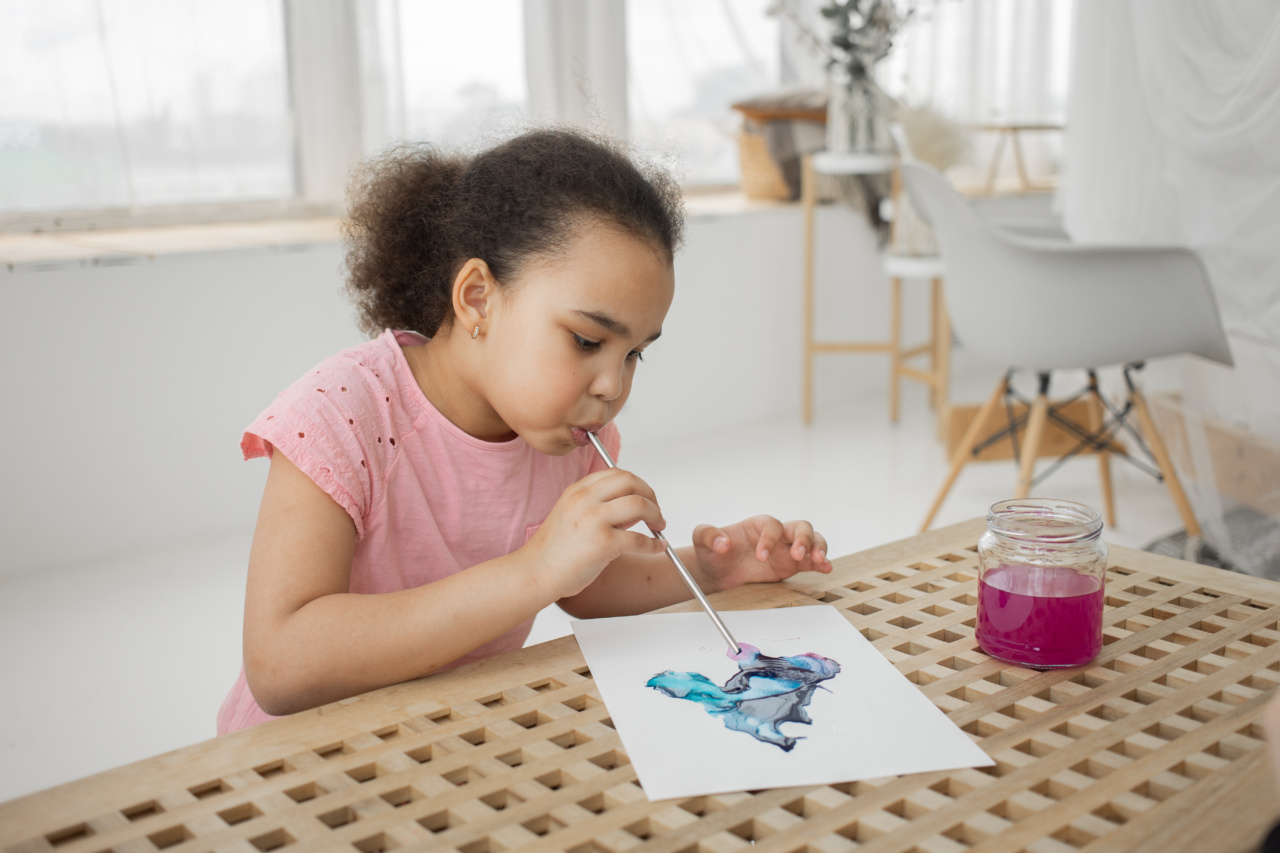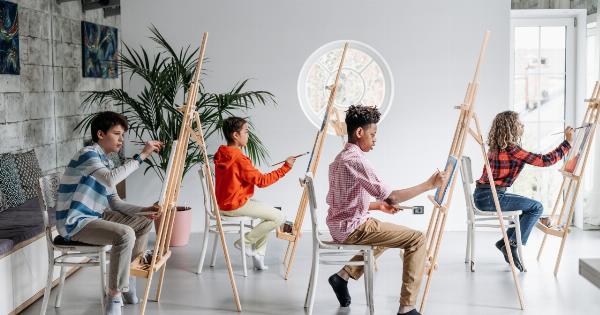It is no secret that children are easily influenced by what they see and hear. With the advent of social media, the information is more readily available, and the images that reach children can be more graphic and realistic than ever before.
Parents and educators need to be aware of what their children are viewing as it can greatly influence their behavior. One recent disturbing trend is the creation of vivid war scenes with paint by kids.
What are the war scenes that children are creating?
Children have always been fascinated with war and weapons, but the images they portray today are more nuanced than before. Kids taking up painting and drawing as a hobby are creating scenes with tanks, aircraft, and even suicide bombers.
Instead of just drawing the pictures, the details are far more graphic and violent, making them more realistic than ever before.
Some of the children even come up with unique and bizarre scenes that they have created based on their imagination.
Some scenes depict a war between toys, space weapons on a foreign planet with strange creatures, or imaginative creatures fighting with one another.
How do these war scenes affect children?
Children who create such war scenes with vibrant colors and strong details have a direct impact on their behavior.
Little do they know that participating in such activities or viewing such graphics over and over again can cause aggression, harm their mental health and increase their violent tendencies. Experts say that kids who are exposed to such scenes tend to become more competitive, less empathetic, and more aggressive towards others.
What can parents and educators do to prevent children from creating such war scenes?
The first step for parents and educators to prevent their children from creating such war scenes is monitoring. Parents must closely monitor the type of content their children view online, the games they play, and the friends they interact with.
They should also encourage their kids to pursue more peaceful activities, such as painting nature or constructing Lego structures, instead of depicting graphic violence.
Teachers can play an essential role in promoting peaceful and positive art projects over themes related to violence.
They could also discuss with the children about why it is wrong to create violent scenes and illustrate the long-term damages such scenes can cause, especially to other children.
Conclusion
The creation of vivid war scenes with paint by kids is a disturbing trend that parents and educators must be aware of. These scenes can have a profound impact on children’s behavior and can lead to increased aggression and violent tendencies.
Parents can monitor their children’s online activity and encourage them to involve in more peaceful activities, while educators can promote positive art projects and explain the impact of violent scenes to children. Together, we can help prevent this trend from progressing and ensure a more peaceful future for our children.






























